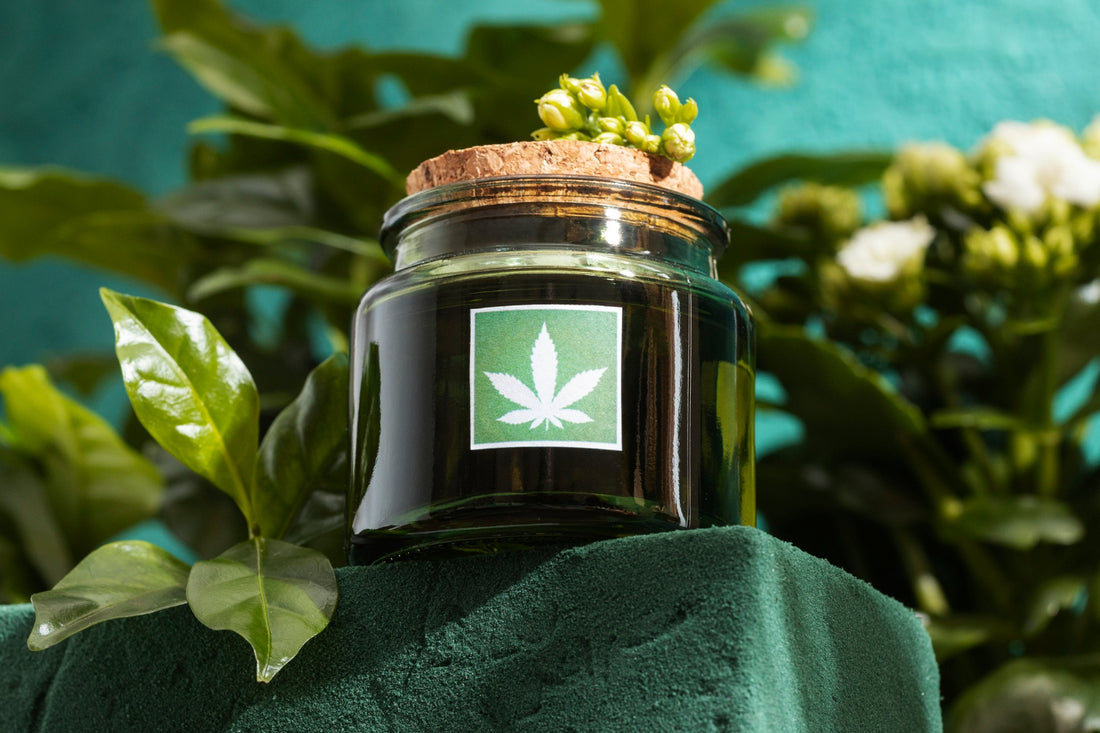You've just bought your first bottle of CBD oil, packet of CBD flowers or box of CBD infusions and you're a little lost reading the product labels? Numbers, names and percentages, these are details that are hard to decipher! What do these references mean and what do they indicate? Read this guide before ordering our wholesale CBD.
What should the label on a CBD product say?
Like all commercial products, CBD products must also be supplied with mandatory reference labels. The problem is that this information is sometimes difficult to understand for customers and retailers alike.
If you're buying CBD in France, regulations in that country require a few very specific references on the label: the name of the manufacturer or brand, the ingredients making up the product, and the weight or volume, depending on the type of product.
For food products containing cannabidiol, the label includes the basic information given above plus an additional reference to the product's nutritional values: energy value, fats, nutrients, etc.
In the same way as CBD consumer products, CBD e-liquids must include some vital information, namely the words "prohibited to minors" and the DDM or Minimum Duration Date.
Other important information should also be included on CBD product labels, although these are often omitted by manufacturers. These include, for example, how CBD is extracted, how it is consumed and the product's shelf life.
What does the percentage (% sign) on the label mean?
The percentage with the % sign often appears on a CBD product label. In general, it refers to the volume of cannabidiol contained in the product. Example: a 50 ml bottle of oil contains 10% CBD. This means that the product contains 500 milligrams of CBD.
What do the grams or milligrams on the label mean?
The label of a CBD product also contains references in grams and milligrams. These indicate the net weight of the CBD contained in the product. This information is usually found on items presented in solid form, such as crumbles and CBD hashes.
Components to avoid in CBD products
Reading labels should be an automatic reflex for CBD consumers. This will help you avoid using or consuming elements that are unfamiliar or even dangerous to your health.
Among the CBD components to avoid, the first is the presence of THC above 0.3%. This is the limit imposed by European legislation.
Only Switzerland, which is not a member of the EU, allows 1% THC in its CBD products. So, beyond this limit, you need to look for another alternative.
Other components to avoid are heavy metals and pesticides. It is possible that some products contain these harmful elements, especially those that are not organically grown. Added to these are a number of dubious ingredients such as colorants, additives and thickeners. These components are not necessary if the product is grown and produced according to European rules. So if you see these details on the label, it's best to switch products immediately.
The only way to know the composition and quality of CBD is to read the label carefully. Even if the information is a little technical, you'll now know what it says and what it refers to.

